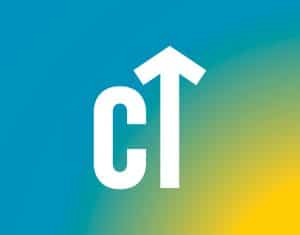Companies seeking efficiency gains at every turn are increasingly utilizing technology as a potential game changer, but are missing a vital ingredient in deploying it to meet their goals. The fact is that technology on its own will achieve very little, if it’s not being deployed and managed by a skilled workforce.
In many instances, productivity and efficiency are seen as an either-or equation. You invest in technology drivers OR you invest in a high performing workforce. This is at the heart of the “competency conundrum”, the dilemma facing business leaders trying to allocate investment where it will drive the most upside for the company. A particularly fraught discussion in industries facing volatility and pricing pressures that are creating new technological, legislative and market environments.
Rather than an either-or equation, companies should instead be considering an implement-and-harness formula which appreciates that capable workforces are needed to operate in new environments and harness the potential unlocked by change.
AVOIDING TRAINING FOR TRAINING’S SAKE
A competency framework starts with a task analysis, against which roles are allocated, and from there validates workers within those roles or otherwise identifies the training required for those people to successfully fill their role. It enables companies to take newly qualified employees and expand their skillsets in the industry, at the same time identifying a career progression for them.
By developing and implementing a competency framework, companies can better target training to gaps and deficiencies. This avoids falling into the “training for training’s sake” model, as training and development are more aligned with the key tasks that teams should be undertaking.
A robust framework and gaps analysis fulfils any employee’s basic need to understand what they need to know, and what they need to do, to perform their job. It provides criteria for training that enables companies to build skills so their workforces operate optimally within the new environment they face, without wastage and unnecessary downtime.
SHORT TERM COST FOCUS IS A RISK
Despite the clear and understood benefits of this approach, businesses that are under pressure to deliver shareholder value and marketshare tend to revert to binary thinking due to perceived time and cost implications. They neglect the competency framework, despite it enabling better utilization of resources and capacity.
The risk in taking a short term, cost driven approach is that training and capability gaps widen over time, negatively impacting on performance and productivity. This in turn creates the perfect environment for detrimental outcomes for both individual team members and the business as a whole.




